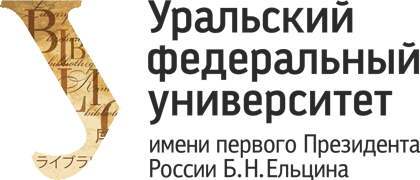Activities of Non-Governmental Organisations Aimed at Conflict Settlement in Post-Soviet States
DOI:
https://doi.org/10.15826/qr.2020.2.472Keywords:
conflict settlement; peacekeeping; post-Soviet space; Soviet Peace Committee; Federation for Peace and Conciliation; Centre for Political and International Studies; Commonwealth of Independent StatesAbstract
This article analyses the peace-making activities of Soviet/Russian nongovernmental public organisations (NGOs) with reference to the Federation for Peace and Conciliation, the successor of the Soviet Peace Committee. NGOs were formed at the initiative of the state and party organs of the Soviet system but were transformed into independent NGOs after the collapse of the USSR with their own active strategy of assistance in conflict resolution. This study is based upon unique archive materials and the personal experience of one of the authors, who used to work for such organisations. The study focuses on the ethnopolitical conflicts which took place between the collapse of the USSR and the mid‑1990s. There is a widespread opinion in academic literature that so-called non-governmental organisations set up by the government do not have their own identity, especially during social crises, and passively follow the government’s political line. However, the study of their activities demonstrates that during the first years after the dissolution of the Soviet Union, these organisations initiated a significant number of practical and political projects with the participation of high-ranked representatives of the governments, parliaments, and political parties of both post-Soviet and foreign states and international organisations, including the UN, OSCE, NATO, CIS, etc. This, in turn, played a role as a substantial supplement to classical interstate diplomacy and practically promoted the settlement of certain ethnopolitical conflicts. The archive materials analysed prove that in the early post-Soviet period, a certain inversion in the direction of political and ideological impulses took place, and a number of non-governmental organisations that used to transmit the interests of the Communist Party and state organs to the international environment were able to create new international projects and consultations in the form of “track one-and-a-half” diplomacy, i. e. the informal interaction of officials in the capacity of unofficial experts. And in such cases, it was NGOs which shaped the agenda and transmitted public interests to the state structures of Russia and the CIS states, mediating between fighting sides and amongst representatives of various states, practically assisting the settlement of ethnopolitical conflicts.










